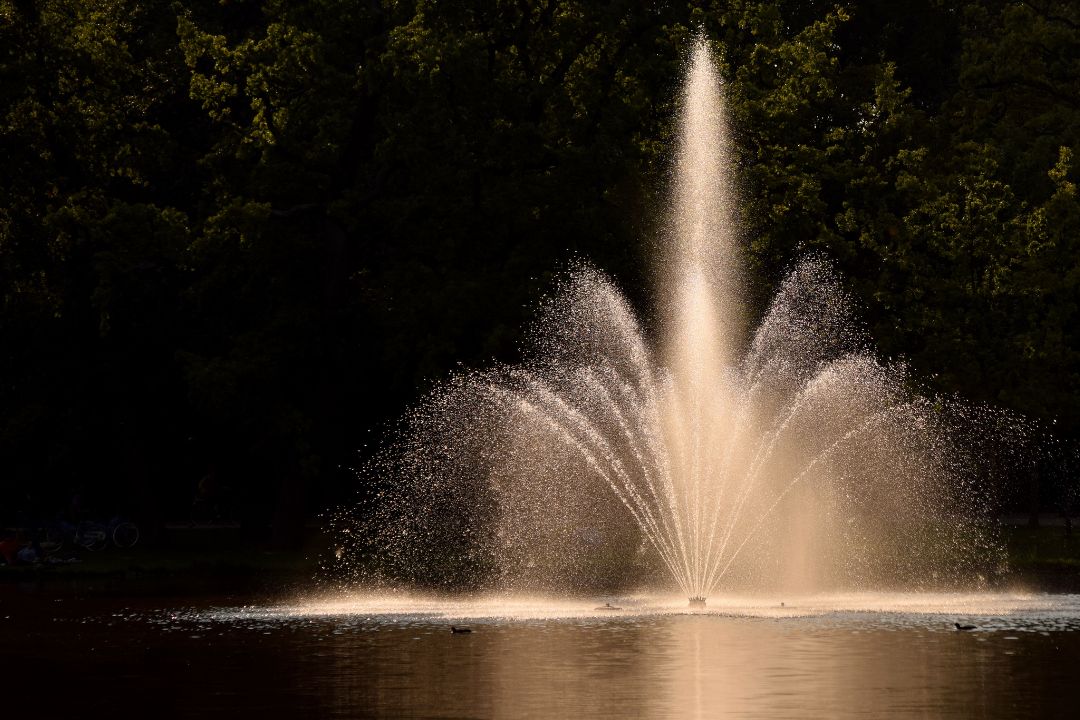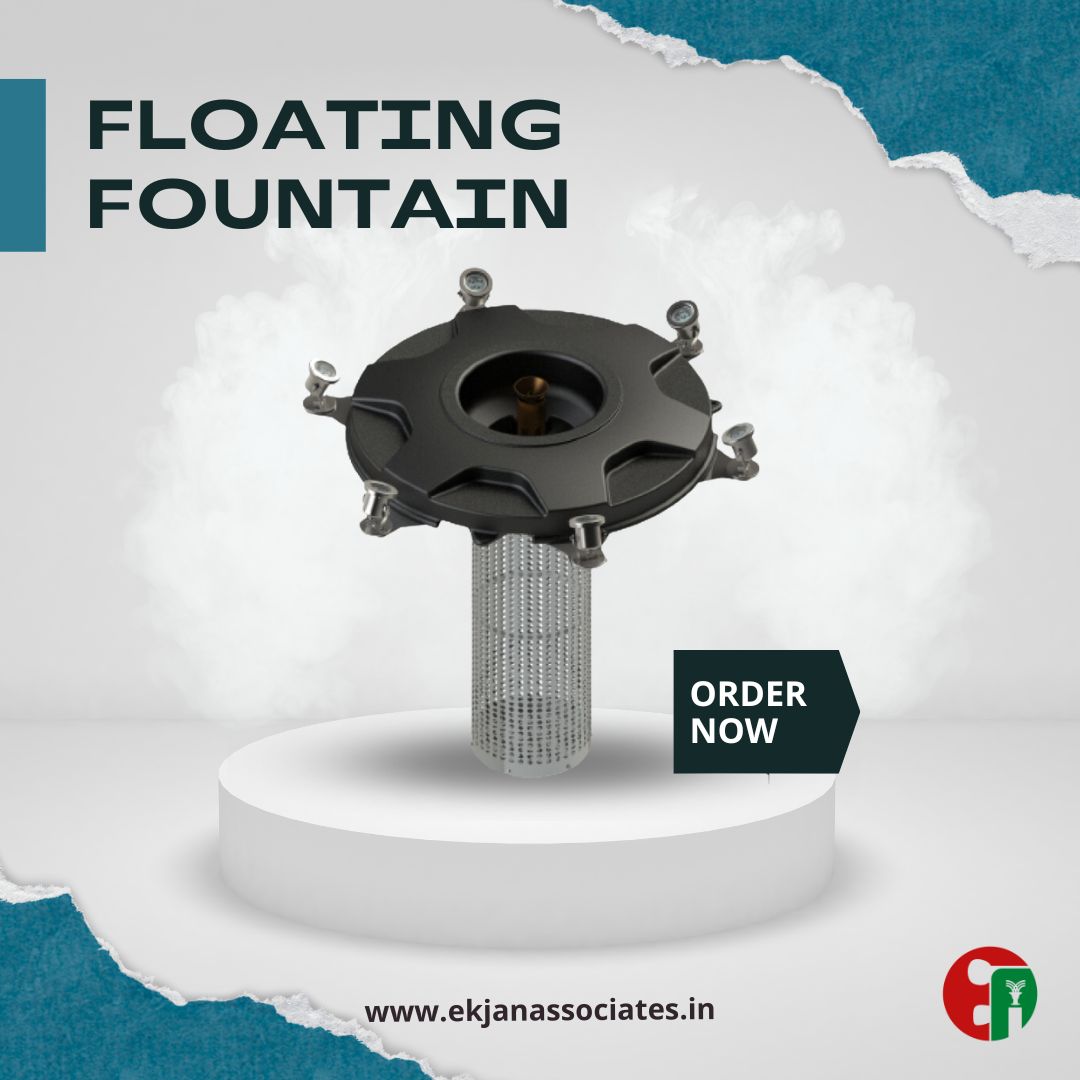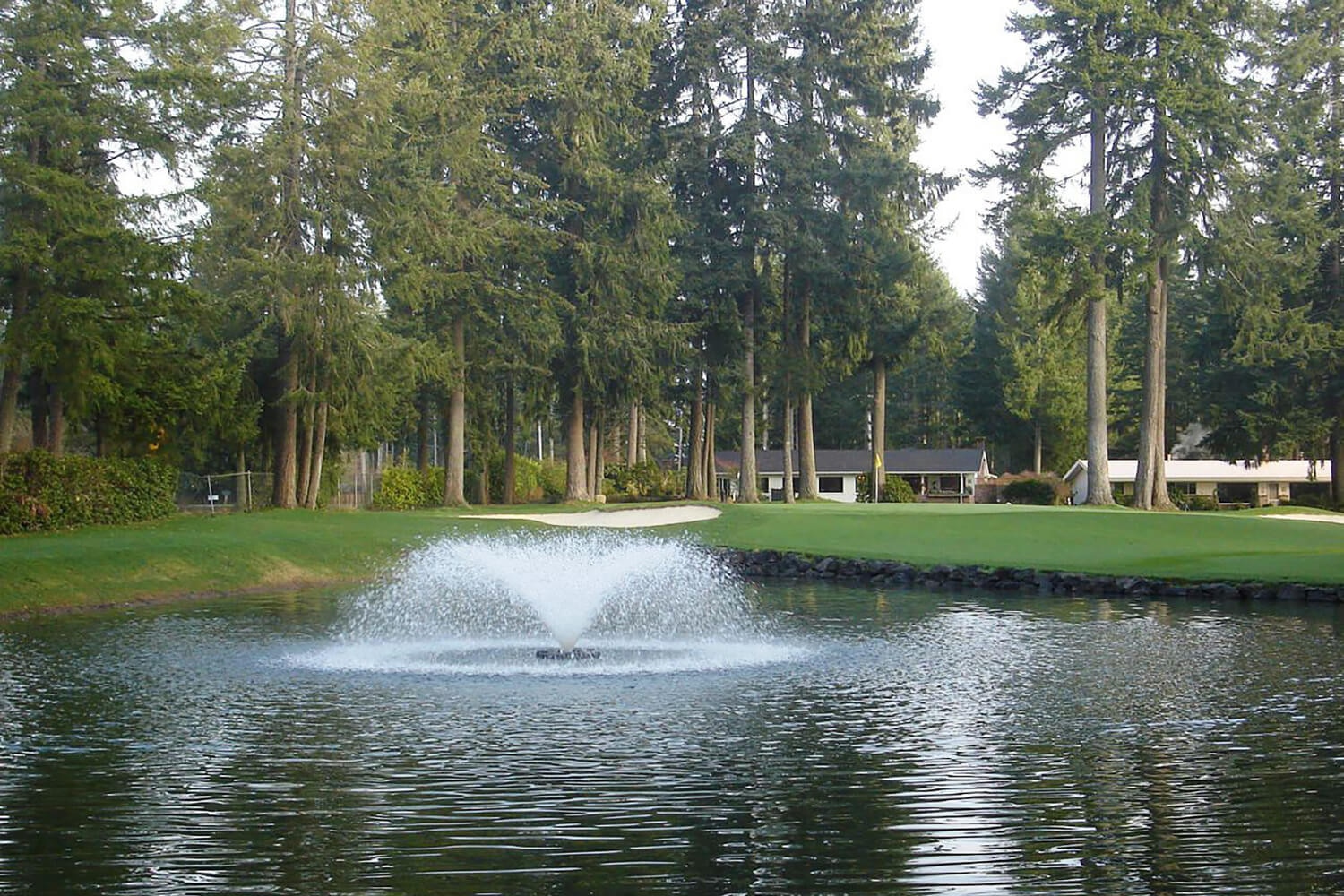A floating fountain can act as an aerator for bodies of water such as ponds and lakes. Aerators are devices or systems that introduce air into the water, which helps improve the oxygen levels and circulation within the water body. They are commonly used in ponds and lakes to prevent issues such as algae overgrowth, fish kills, and foul odors caused by low oxygen levels.
A floating fountain can serve as an aerator in the following ways:
Water Movement: The fountain's jets and sprays create movement on the water's surface, promoting the mixing of oxygen from the air with the water. This enhances the exchange of gases, allowing oxygen to dissolve into the water and carbon dioxide to be released.
Air Diffusion: As the water is sprayed into the air, it breaks into droplets, exposing a larger surface area to the air. This increases the contact between water and air, facilitating the transfer of oxygen from the atmosphere into the water.
Circulation: The movement generated by the floating fountain helps in circulating the water in the pond or lake. This prevents the formation of stagnant areas where oxygen depletion can occur.
By maintaining adequate oxygen levels, the floating fountain aerator can support aquatic life, including fish and other organisms that require oxygen for survival. It also helps prevent the buildup of organic matter and the proliferation of harmful algae, contributing to the overall health and balance of the aquatic ecosystem.
It's worth noting that the effectiveness of a floating fountain as an aerator depends on various factors, such as the size of the water body, fountain design, flow rate, and environmental conditions. In some cases, a dedicated pond aerator might be more suitable, especially for larger bodies of water with specific oxygenation requirements.
Price: 0 |
Payment Type: |
Available: False |
COD Available: False |
KYC Status: FAILED
Send Message



